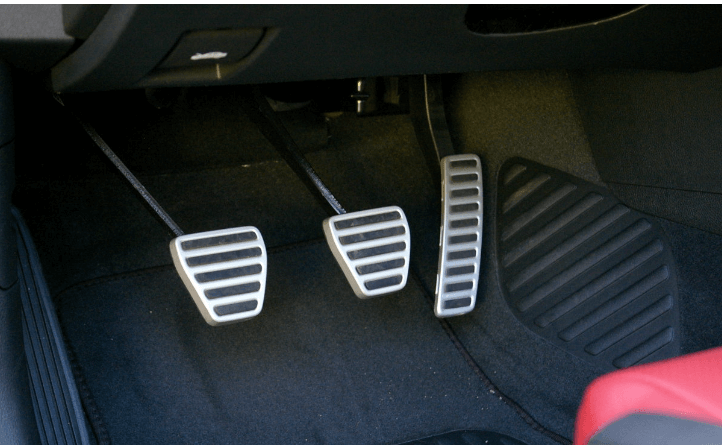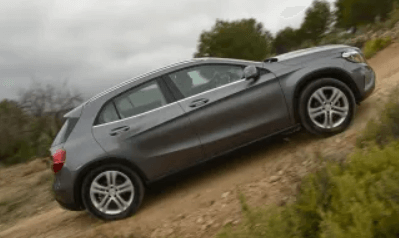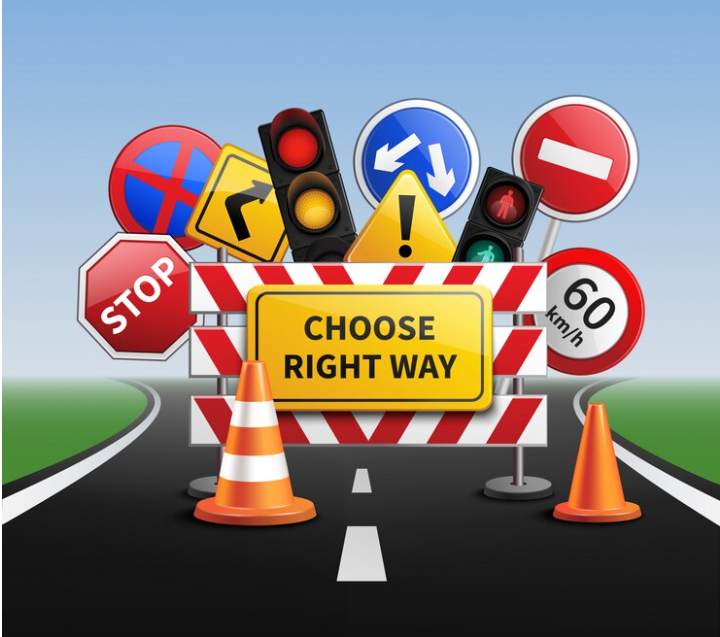You just started learning to drive lately. You have been hitting the road once in a while. During one of your testing adventures, you met a steep hill on your way. The first question that came to your mind was: How do you balance a clutch and accelerator on a hill? Nervously, you feel like you should abandon the car and head back home, like my sister on her first day of learning how to drive.
She met a truck on her way; she was so afraid that she thought of nothing else but halted the car in the middle of the road, jumped down, and ran home. Fear not; this post will guide you on what to do in such a situation. You will get an answer to that question that has been bothering you.
In this post, I will discuss how to balance a clutch and accelerator on a hill, and how to control the clutch uphill without using a handbrake. You will also learn how to drive up the steep hill with an automatic car.
If you are interested in learning more about this, follow me as I dig deep into it.
How do you balance a clutch and accelerator on a hill?
As a beginner in driving, you may not have acquired enough skill and experience to drive a car on a hill or at a junction. You may be nervous while you are trying to balance the clutch and accelerator pedals. Meanwhile, mastering this skill is crucial to driving, especially in hilly terrain. Below are the steps to help you confidently balance the clutch and accelerator on a hill.

1. Place your Foot Properly and Press the Brake
Before tackling the hill, ensure your vehicle is at a complete stop by pressing the brake pedal. This initial step sets the stage for a smooth ascent. You will achieve balance by placing your foot properly. Keep your heel on the floor, position your foot on the heel and use the ball of your foot for precise control over the pedals
2. Engage the Clutch
When starting on a hill, depress the clutch pedal fully to disengage the engine from the transmission. This prevents the vehicle from stalling and allows you to shift gears seamlessly.
3. Shift to First Gear
Shift your gear lever into first gear, preparing your vehicle for the climb. This low gear provides the necessary power to conquer the hill with ease.
4. Balance Clutch and Accelerator
Here comes the crucial part: balancing the clutch and accelerator pedals. Gradually release the clutch pedal while gently applying pressure to the accelerator. The key is to maintain harmonious coordination between the two pedals.
5. Feel for the “Bite Point”
As you release the clutch pedal, pay close attention to the point where the clutch begins to engage, and you will feel a slight vibration. This is known as the “bite point.” This is when the clutch engages the transmission, allowing power to transfer to the wheels for a smooth transition.
6. Smoothly Release the Brake
Once you’ve felt the bite point, smoothly release the brake pedal. The vehicle should now start to move forward without rolling backwards, thanks to the balanced control of the clutch and accelerator.
7. Continue Accelerating and Fully Release the Clutch
As you continue to ascend the hill, gently apply more pressure to the accelerator pedal. Simultaneously, fully release the clutch pedal to ensure a seamless and efficient power transfer to the wheels.
Balancing the clutch and accelerator on a hill is a skill that improves with practice. Head to an empty parking lot or a quiet hill to hone your technique. Remember that the degree of incline may vary, so adjust your technique accordingly—practice on different hills to enhance your ability to balance the pedals effectively. Over time, you’ll develop the confidence to navigate hills seamlessly. Trust in your ability to balance the clutch and accelerator; soon, conquering hills will become second nature.

You can also read: What are the 7 keys to safe driving
Clutch control uphill without handbrake
The ability to clutch control uphill without using the handbrake is a crucial skill every driver should acquire. But as a new driver who is just mastering the rules of the game, you only know how to control the clutch uphill by pressing down your hand brake while you match your clutch slowly. It is now time for you to learn how to clutch control while driving uphill without using your handbrake.
Imagine you drive uphill confidently, utilizing the power of your clutch and the incline to your advantage. Clutch control uphill empowers you to maintain a steady pace without relying on the handbrake, offering a seamless driving experience.
So, if you want to learn this skill, you need to understand the interplay between the clutch, throttle, and brake. Uphill terrain demands a delicate touch on the clutch to prevent rollback and maintain forward momentum. The absence of the handbrake in this scenario not only enhances your control but also minimizes wear and tear on your vehicle’s brake system.
Driving uphill with clutch control without the handbrake testifies to your driving prowess. It allows for a smoother transition between gears, ensuring your vehicle conquers the hill with efficiency. Embrace the challenge, refine your clutch control skills, and experience the satisfaction of ascending a hill effortlessly without the need for a handbrake crutch.

Driving up a steep hill with an automatic
Driving a manual car is different from driving an automatic one, which is why the way they drive uphill is different. Therefore, I will explore the ins and outs of driving up a steep hill with an automatic transmission in the steps below.
1. Understanding Your Automatic Transmission
Before conquering steep hills, let me remind you of a fact about automatic transmissions. In an automatic, the gearbox takes care of shifting gears for you, making the drive smoother. This is especially handy when tackling challenging terrain like steep hills. The fact that you don’t need to change gear by yourself makes it easier for you to navigate your way out of the steep hill terrain.
2. Engaging Drive Mode
As you approach a steep slope, make sure your vehicle is in “drive.” Keep your foot firmly on the brake pedal, and take a moment to assess the incline ahead. This initial preparation sets the stage for a seamless ascent. When you’re ready to tackle the hill, smoothly transition from the brake to the gas pedal. Apply gentle pressure to the gas, and your automatic transmission will intuitively shift gears to provide the power needed for the climb. It is as easy as that: no unnecessary pressure or revving.
3. Maintaining a Steady Speed
As you ascend, keep a consistent speed to avoid unnecessary strain on your vehicle. Allow the automatic transmission to do its job; there is no need to manually shift gears. Your car is designed to handle the incline effortlessly. Understanding the importance of momentum is your ally when climbing steep hills. If the terrain allows, build up a bit of speed on the approach. This momentum will assist your vehicle in smoothly ascending the incline.

4. Using the Engine’s Power and Avoiding Abrupt Movements
Automatic transmissions are engineered to optimize power delivery. Trust your vehicle’s capabilities as it navigates the steep slope. The transmission will automatically adjust to the demands of the incline, ensuring a steady and controlled ascent. Smoothness is key when driving up a steep hill. Avoid sudden accelerations or hard braking, as these actions can disrupt the transmission’s ability to adjust smoothly. Keep it steady, and let your automatic transmission handle the climbing.
5. Monitoring Engine Temperature
Climbing steep hills can strain your engine more. Keep an eye on the temperature gauge, and if needed, consider downshifting or taking a brief break to let your engine cool down. So, the next time you find yourself facing a steep slope, remember these tips and enjoy the drive up with confidence.
This post has ironed out steps to take to balance the clutch and accelerator while driving uphill. It seamlessly explained the steps for both manual cars and automatic vehicles. I also explained how you can control your clutch without using a handbrake when you are driving uphill.
This piece will be of help to beginners in driving skills and people who are pros at driving. Engage with my blog for more. don’t forget to drop your comment in the comment section if you have any questions or any topics you want me to discuss.

With Over 7 years of experience dealing with car owners as a car lease agent, I have gained matchless car knowledge to help every car owner know what exactly is wrong with their cars.



